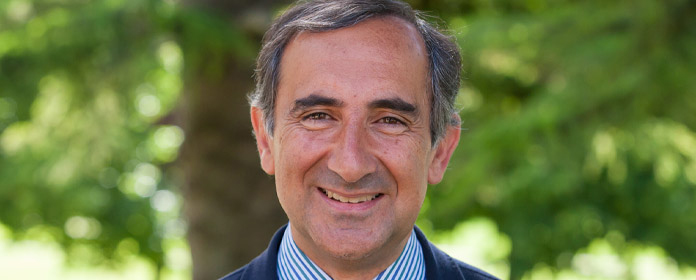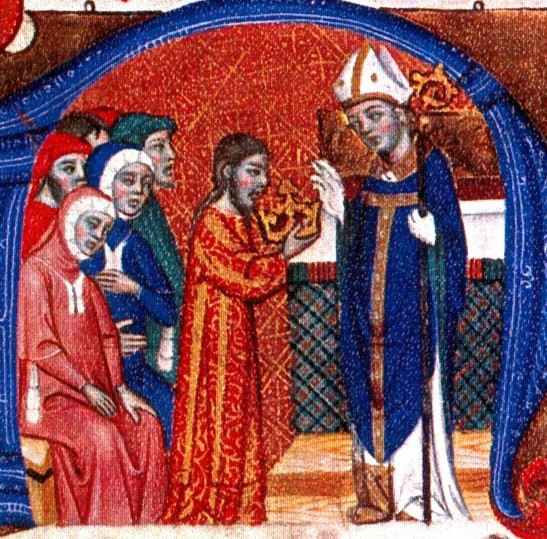A Full Professor of the University of Navarra publishes the first systematic study on the history and symbolism of self-coronations.
Jaume Aurell has relied on narrative, iconographic and liturgical sources to analyze these political rituals and offers a particular approach of the European monarchy of the Middle Ages. average

PHOTO: Manuel Castells

Jaume Aurell, Full Professor of the University of Navarra, has produced the first systematic study of the history and symbolism of the political rite of self-coronations from ancient Persia to the present. The Issue, published by Cambridge University Press, is entitled Medieval Self-Coronations. The History and Symbolism of a Ritual and is based on narrative, iconographic and liturgical sources.
It is an interdisciplinary research , with contributions from history, anthropology, programs of study rituals, liturgy and art history. This perspective allows the author to analyze royal coronations, ceremonies in which "the boundaries and limits between the temporal and the spiritual, politics and religion, tradition and innovation converge," he says.
"When I started this research, I was skeptical about finding examples of self-coronations, because it had always been assumed that medieval kings were crowned by bishops," says Professor Aurell. But over many years, he confesses that he has been astonished by the number of examples he has come across, "many of them in the peninsular kingdoms of Castile, the Crown of Aragon and Navarre".
Rectification of popular myths"The usual internship of this ceremony rectifies some of the myths that have become popular about the European average Age, such as that the ecclesiastical hierarchy dominated the moment core topic of the ascension of the kings," he adds.
In this line, he concludes that "we owe much in the West to those early kings who had the audacity and foresight to separate the spiritual realm (symbolized by the anointing they received from the bishops) from the temporal, symbolized by the crown they imposed on themselves".
In the Issue he collects numerous examples of royal self-coronations and offers a particular approach on the European kings of the Age average, among which are Frederick II of Germany (1229), Alfonso XI of Castile (1328), Peter IV of Aragon (1332) and Charles III of Navarre (1390). He also exposes as a myth the idea that Napoleon's act of self-coronation in 1804 was the first extraordinary event that broke the secular tradition of kings crowned by bishops.
Jaume Aurell is Full Professor of Medieval History at School of Philosophy and Letters, co-principal investigator of project 'Religion and Civil Society' of the Institute for Culture and Society (ICS), director of the Institute business and Humanism and of the Degree in PPE (Politics, Philosophy, Economics) of the University of Navarra.
This publication is related to the project 'Las formas de representación del poder en la Península Ibérica bajomedieval: ceremonias, juramentos y divisas', which Jaume Aurell developed at the ICS with the goal to analyze the functioning of power, its representation and diffusion in medieval Spain. It was funded by the Ministry of Economics and Competitiveness.

Autocoronation of Peter the Ceremonious of Aragon (1336) in the Cathedral of Zaragoza.
Courtesy.
